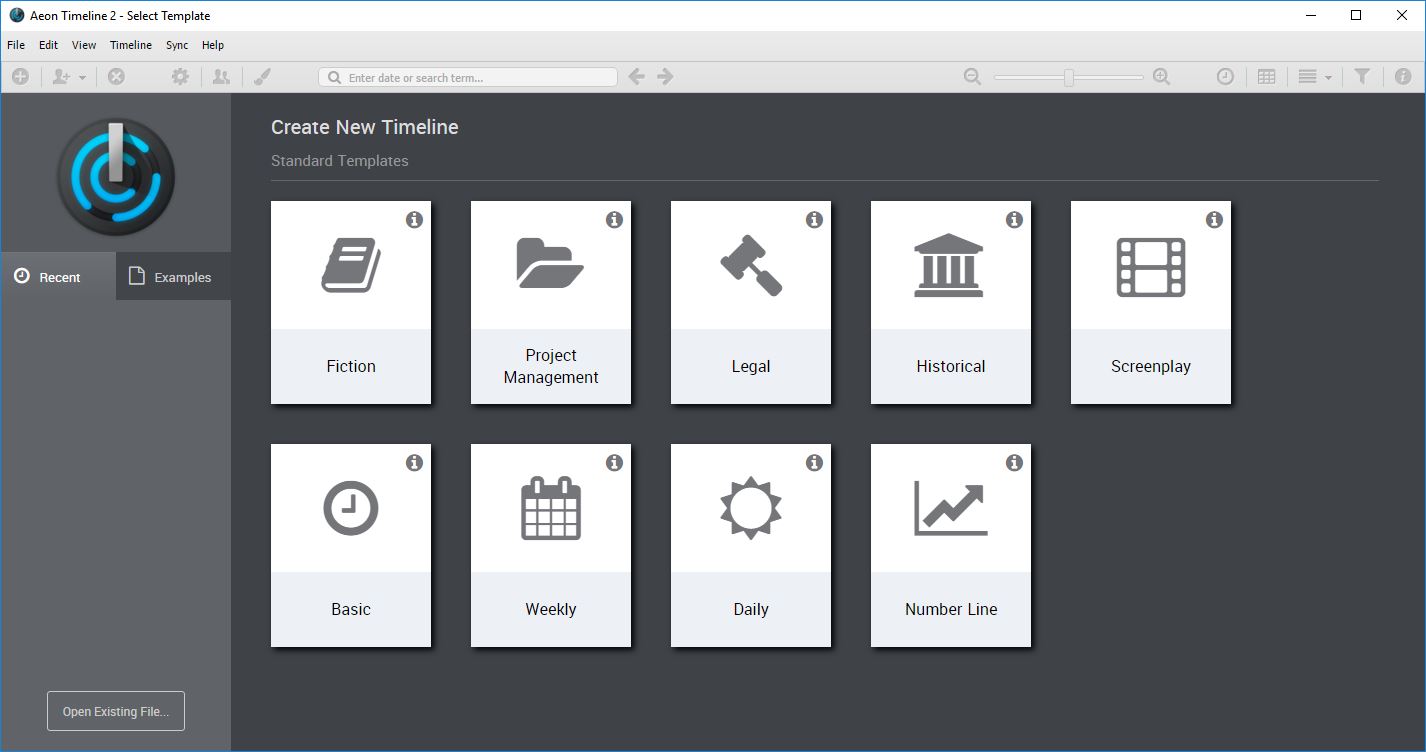

If you don't want this to occur, you can instead create an item of type Node, which will be displayed the Mindmap View and nowhere else. Items you add to your Mindmap are automatically available in other parts of the application: depending on the item type, they may be added to the chronological-order of events (and thus appear in the Spreadsheet), or appear in the Entity List panel when you view items of that type. You can add new items to Mindmap View in two ways: You can create a new mindmap by choosing New Mindmap after clicking on the Mindmap button in the toolbar. Mindmap View Footer: The footer for Mindmap View.Mindmap Canvas: A free-form canvas for you to add items, nodes and connections.Mindmap View Split Header: Double click on the text label in the header to rename the mindmap.

The components of the interface highlighted in the above image are as follows: The image below shows the individual components of the Mindmap View. The benefit of using Mindmap View within Aeon Timeline over another tool is that the data then already exists in your timeline, and the same items can then be displayed across the other views in the application without double-handling the data.Īeon Timeline allows you to create multiple separate mindmaps so that you can create visualisations and diagrams for different aspects of your timeline data. Mindmap View provides a free-form, graphical layout that allows you to arrange items onto an art-board and draw relationships between them. This is most useful during early brainstorming stages of a project, or when creating visual diagrams highlighting relationships between key events, people or places.


 0 kommentar(er)
0 kommentar(er)
